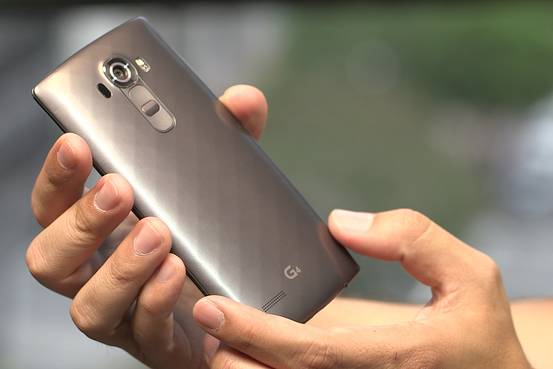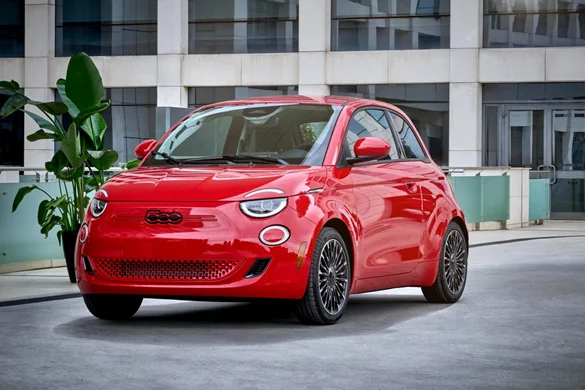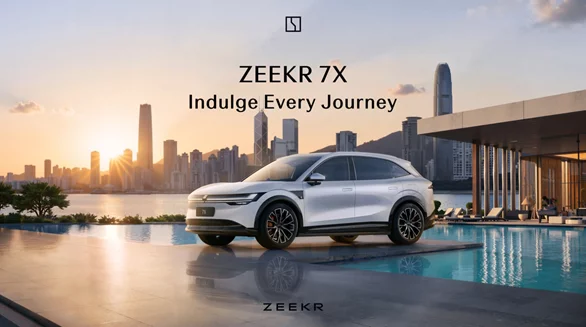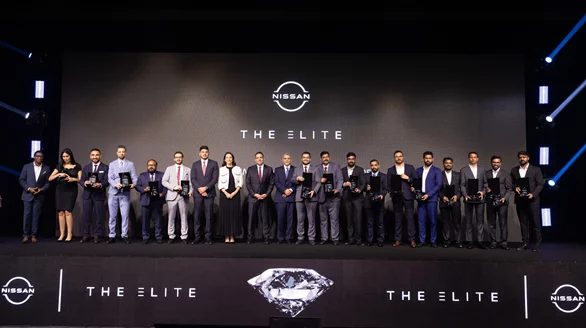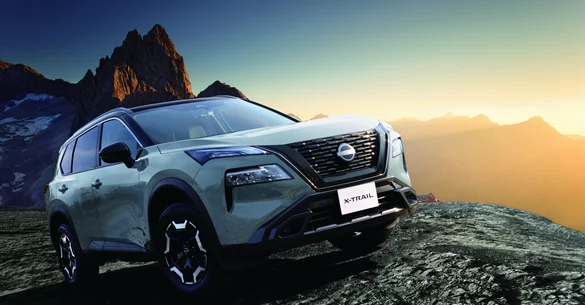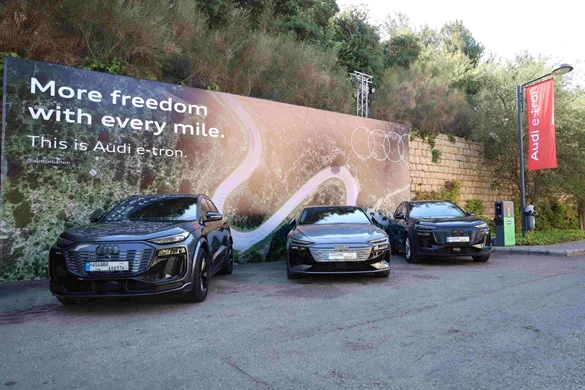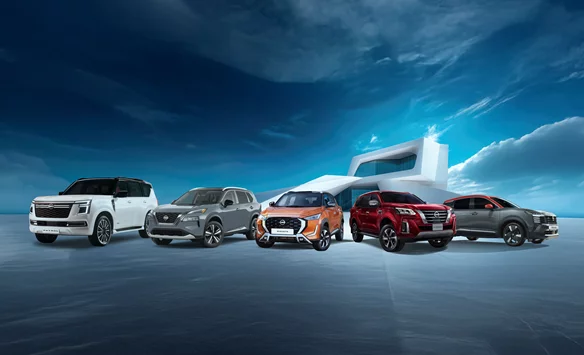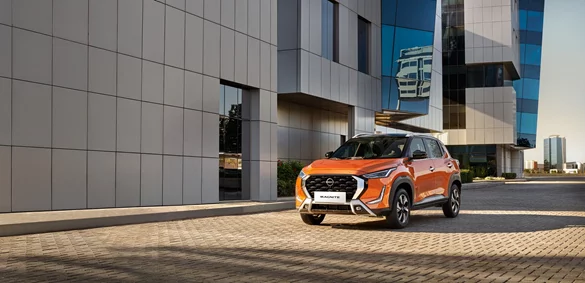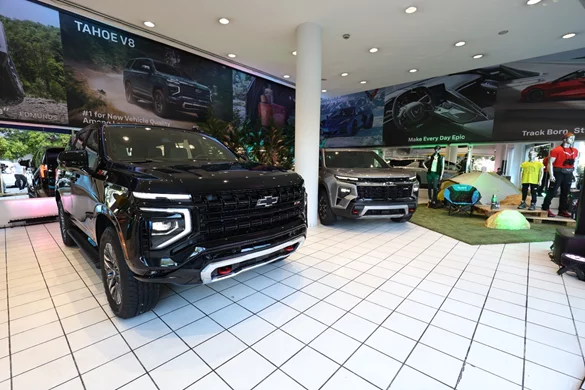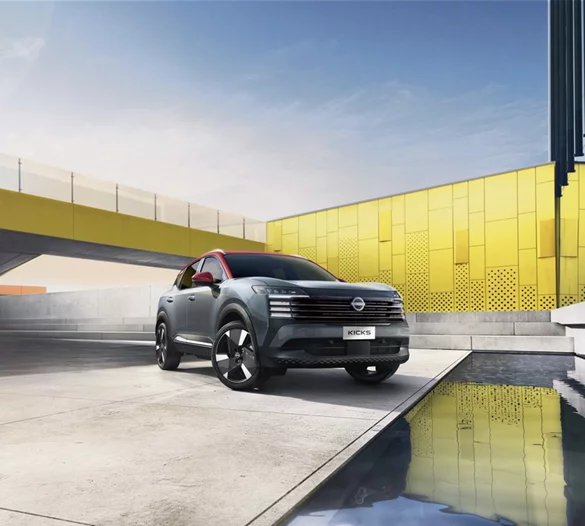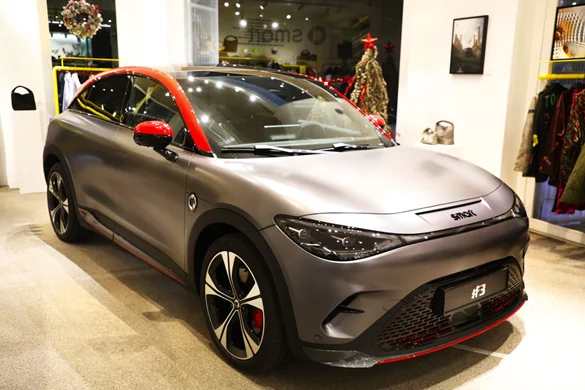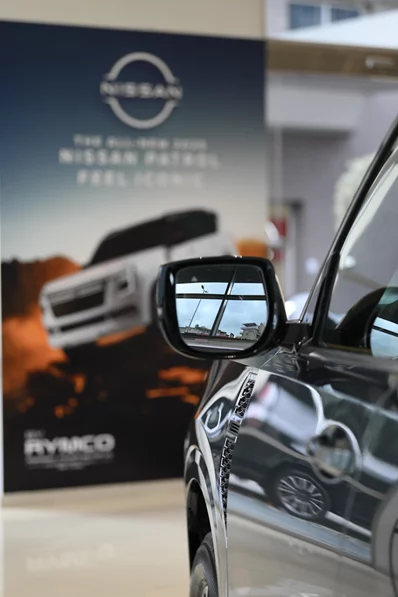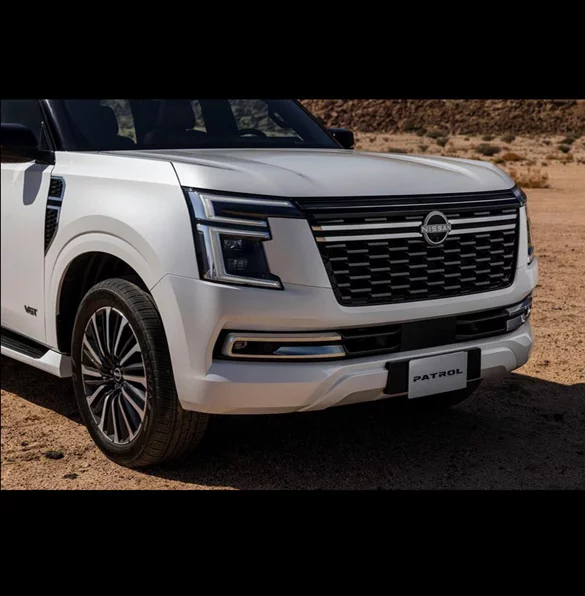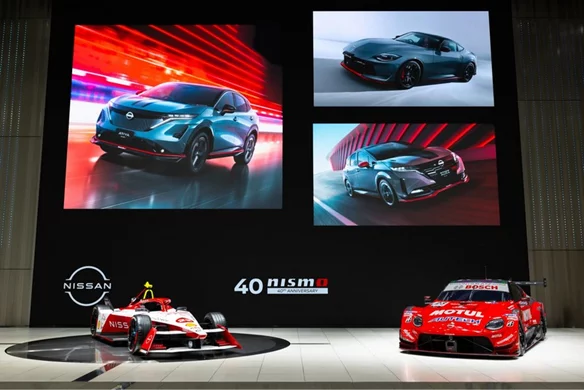There’s never been a better time to be an Android lover. That’s because right now, in the U.S., you have a choice between two smartphones with cameras that can truly compete with the iPhone’s camera: the Samsung Galaxy S6 and the all-new LG G4.
This is a big deal. As long as phones running Google’s operating system have existed, they’ve lagged behind Apple’s in photography. At long last, choosing Android doesn’t mean compromising your shots.
My colleague Joanna Stern already covered the merits of Samsung’s Galaxy S6 and S6 Edge, and sung the praises of their 16-megapixel rear cameras. So I was surprised to find that LG’s new flagship phone has an even better camera.
After putting the Galaxy S6 Edge, the iPhone 6 Plus and the LG G4 through a series of photo tests, I found that not only did the G4 keep up in most conditions, it took better low-light and night photos. LG says one reason is the f/1.8 aperture lens on the G4’s 16-megapixel camera. It lets in more light than any other smartphone on the market. This camera system also bumps up the exposure, so that these low-light settings come off brighter than comparative shots—and even brighter than what the naked eye sees.
Upon examining the G4’s daytime and action shots, I noticed a bit more auto sharpening than I tend to prefer. And there’s no question that LG dials up the color saturation, but generally it’s for the better.
LG’s secret sauce may not be for purists, but purists should shoot with a DSLR, not a phone. In my tests, the LG consistently produced the most shareable shots, stuff you could post on Facebook and Instagram without the need to dip into a photo editing app first.
I even preferred the LG G4 for macro shots, where it bested the Galaxy S6 on white balance and the iPhone 6 Plus on color (though, again, through some saturation hocus pocus).
The G4 also has the deepest selection of tuneable manual photo settings I’ve seen on a smartphone. You can control the shutter speed, ISO, white balance and focus. Most people won’t want to bother with all this and will end up shooting on auto mode, but photo geeks will love to play with these features.
There is one major downside to shooting photos on the G4: Like its predecessors, its physical buttons are located on the back, just below the camera. I prefer to shoot photos with physical buttons rather than tapping on-screen since that tap can shake the phone and add unwanted blur. LG has tried to use this button placement as a differentiator, but reaching for the G4’s back buttons just feels clumsy. I had to resort to the less desirable screen tap during my shooting tests.
LG’s phone lags behind Samsung’s and Apple’s in some other ways, too. The G4’s plastic back is functional but boring, and its overall build is noticeably thicker than the Galaxy S6 and iPhone 6, both of which are made with premium metals and glass. Like last year’s LG G3, the G4 has a 5.5-inch display with a resolution of 2,560 x 1,440 pixels. This is the same resolution found on the Galaxy S6 and Galaxy S6 Edge’s smaller 5.1-inch displays. But while Samsung and LG’s latest phones all have gorgeous displays, and the G4 has a less saturated look that I prefer, the colors fade some when viewing the G4’s display at an angle. These days, I expect a better screen on a flagship phone.
LG’s Android skin, called UX 4.0, is cleanly designed and moderately attractive, but it suffers the same problem as Samsung’s skin: They’re simply not better looking or easier to use than the stock Android that they bury.
So, what does this all add up to? The G4 is the best camera you can find on an Android phone in the U.S., right now. If you own an older LG G phone, or want to switch from Samsung or HTC but can’t stand Apple, this is your first stop. (Speaking of HTC, the One M9 was supposed to have a nice camera, but it turned out to be lousy. Shutterbugs: Do not buy!)
And as for Apple: This officially puts the iPhone’s celebrated camera on notice. The iPhone 6 Plus took the best daytime photos and action shots, and overall captured better detail and more accurate color and exposure, but only by a hair. Between the G4’s highly shareable shots, and the wider 16x9 aspect ratio of the Samsung and LG phone cameras, Apple faces stiff competition in photography as it tools up for the next iPhone release.[wsj]



